Many countries have had success with TOD.
Project implementation consultants affirm that the Transit-oriented-development (TOD) model is applied in many countries and brings many benefits.
Citing the example of Odakyu Railway Company (Japan), the consultant said: In the revenue structure of this enterprise in 2022, revenue from transportation accounts for only 32%, the rest from retail activities (37%), from real estate (12%) and 19% from other activities. Similarly, with Hanyu Railway Company, revenue from transportation is 30%, from real estate is 30%, from entertainment activities is 16%, from transportation and tourism is 15%...
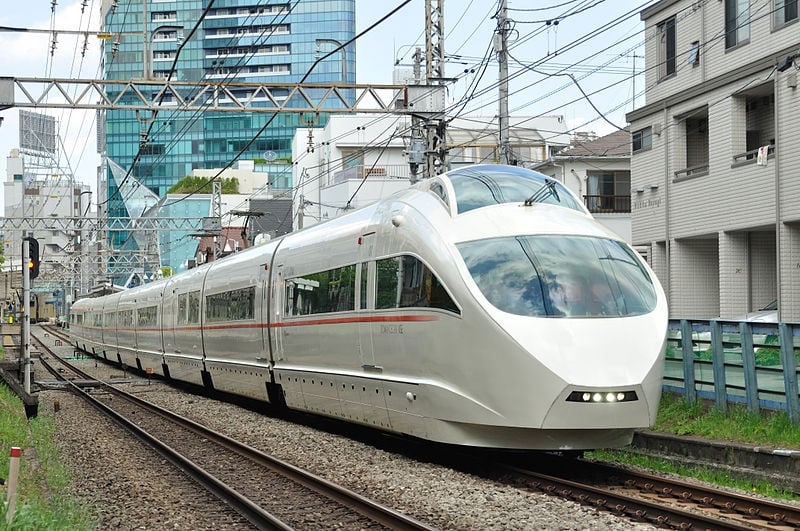
Odakyu Railway (Japan) reaps many benefits related to urban and commercial development when investing and exploiting railways (Photo: illustration, source Pop Japan).
Experience from other countries shows that in most cities, land and property values on public transport corridors increase. For example, in Helsinki Metro (Finland), real estate within walking distance of the station area is 7.5% more valuable than other areas. Or in the Tyne & Wear metro area, Newcastle, UK, house prices increase by 2% within 200m of the metro station...
From the experience of developing TOD in other countries, the consultant believes that to implement TOD in Vietnam, there needs to be synchronization between legal documents.
Particularly for the scope of the Railway Law, the consultant recommends adding the concept of TOD in the railway sector, such as investment projects to develop housing, services, commerce, offices... at stations and areas surrounding the stations.
At the same time, clearly stipulate the coordination between the investment unit, railway infrastructure asset management unit and local authorities in urban planning and development; determine exploitation space, construction density, development scope, and land recovery when implementing railway projects.
Allow units managing railway infrastructure and railway transport businesses to invest in existing assets and new assets in the area surrounding the station to increase revenue.
Plan first, auction later
Mr. Tran Thien Canh, Director of Vietnam Railway Authority, said that experience from other countries shows that effective TOD development with urban railways is essential and requires the participation of non-state organizations.
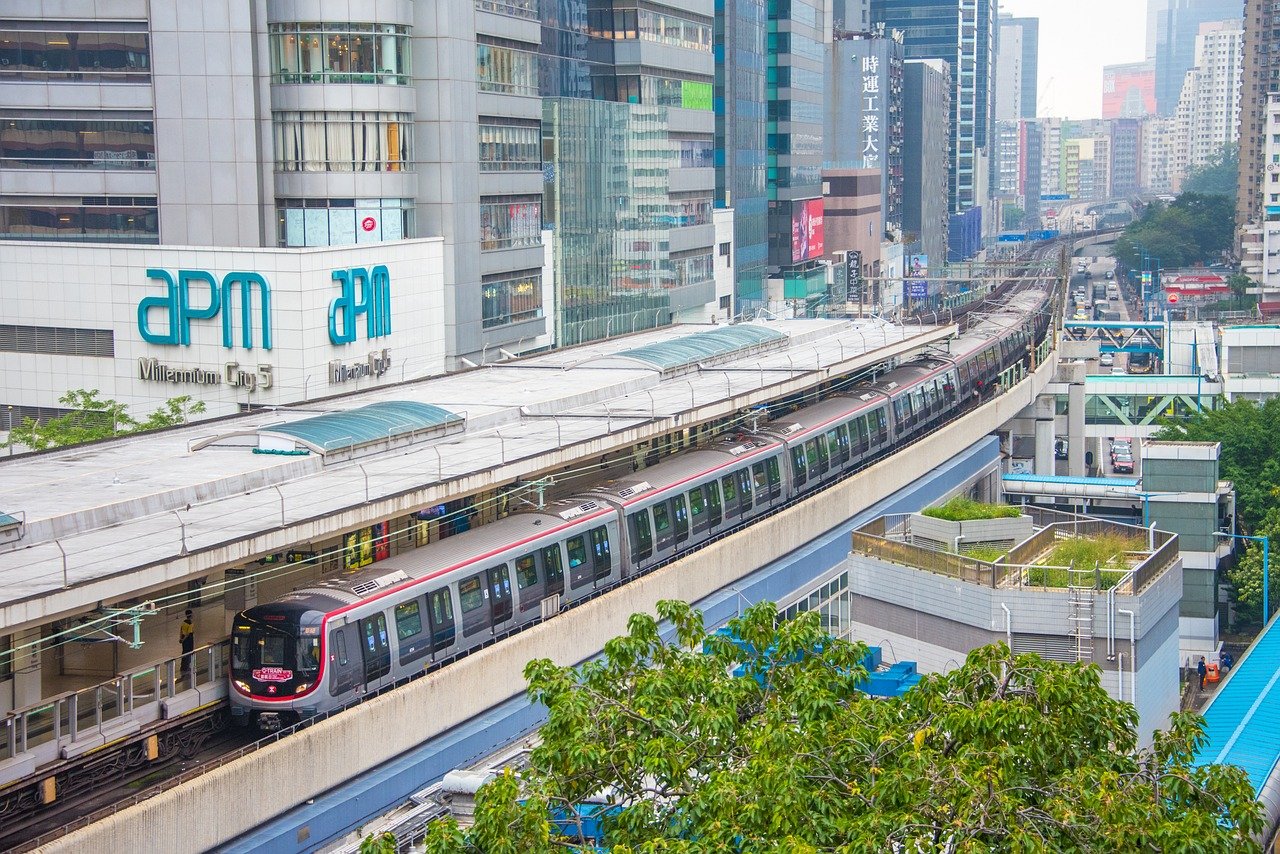
MTR Corporation (Mass Transit Railway) - Hong Kong is very successful in investing and exploiting land funds around the Metro (Photo: illustration, source Pixabay).
However, other countries still apply it to national railways and high-speed railways. Therefore, in drafting the revised Railway Law, Vietnam wants to apply the TOD model to national railways and station areas.
"TOD model in the railway sector is a difficult subject, requiring further research. It includes determining the subjects investing in the construction of national railway and urban railway infrastructure; the responsibilities of related subjects; allocating benefits from TOD...", Director of Vietnam Railway Authority Tran Thien Canh.
In terms of organization, it is impossible to use the capital to implement the TOD project to invest in railways from the beginning. That means it is impossible to use land, sell land and use that money to invest in railways.
TOD planning must be done first. Only after the railway is invested and put into operation will added value arise. At that time, the subjects (localities, investors, railway businesses) will participate and invest in land and real estate development.
"The station is expected to be located at a specific location, and the locality will adjust the zoning plan in that area, clearly defining the purpose and usage. Then the locality will auction the land fund. Railway businesses must also participate in the auction if they want to invest in business. Land for railway construction and train operations is private land and is not subject to auction," said Mr. Canh.
Not a "panacea"
Speaking with Giao thong Newspaper, Mr. Nguyen Ngoc Dong, former Deputy Minister of Transport, said that currently in Vietnam there are many different understandings, there is no common understanding of the TOD model.
However, it is necessary to understand that TOD is not a "panacea". In fact, for an existing urban area like Ho Chi Minh City or Hanoi, building railways in a crowded urban area will not be able to develop TOD properly.
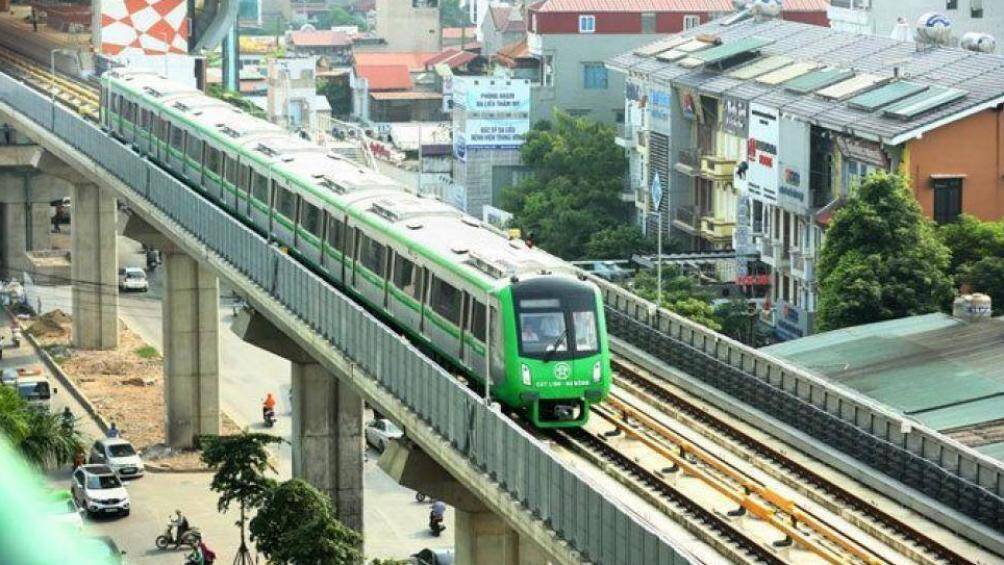
To mobilize investment resources for railways, especially urban railways, the TOD model is one of the effective options (Photo: illustration).
"Like in Hanoi, with line 1 Yen Vien - Ngoc Hoi, line 2 Cat Linh - Ha Dong, is it possible to clear the land of constructions around the station to build a new urban area according to TOD? In reality, we can only renovate the urban area around the station.
To build a new urban area, vacant land is needed. For example, on the Thang Long - Noi Bai route, there is still vacant land at some stations in the surrounding area. If planning is done well, urban areas can be built and TOD can be formed in the true sense," Mr. Dong gave an example.
Regarding the method, according to Mr. Dong, the land acquisition for railway stations is carried out by the State to build public works. Land acquisition for TOD is urban development. Therefore, normally, the State spends money to clear the land and then bids to select investors.
"It is necessary to determine how the TOD model is understood in the railway sector, in which cases railway infrastructure is combined with urban development, what is the role of the subjects?... Regarding mechanisms and policies, it is necessary to continue to study carefully because it involves many laws and many contents...", Mr. Dong emphasized.
Source: https://www.baogiaothong.vn/ap-dung-tod-voi-duong-sat-the-nao-192240713150121589.htm


![[Photo] Nghe An: Bustling atmosphere celebrating the 50th anniversary of Southern Liberation and National Reunification Day](https://vphoto.vietnam.vn/thumb/1200x675/vietnam/resource/IMAGE/2025/4/29/64f2981da7bb4b0eb1940aa64034e6a7)
![[Photo] Hanoi is brightly decorated to celebrate the 50th anniversary of National Reunification Day](https://vphoto.vietnam.vn/thumb/1200x675/vietnam/resource/IMAGE/2025/4/29/ad75eff9e4e14ac2af4e6636843a6b53)
![[Photo] General Secretary attends special art program "Spring of Unification"](https://vphoto.vietnam.vn/thumb/1200x675/vietnam/resource/IMAGE/2025/4/29/e90c8902ae5c4958b79e26b20700a980)
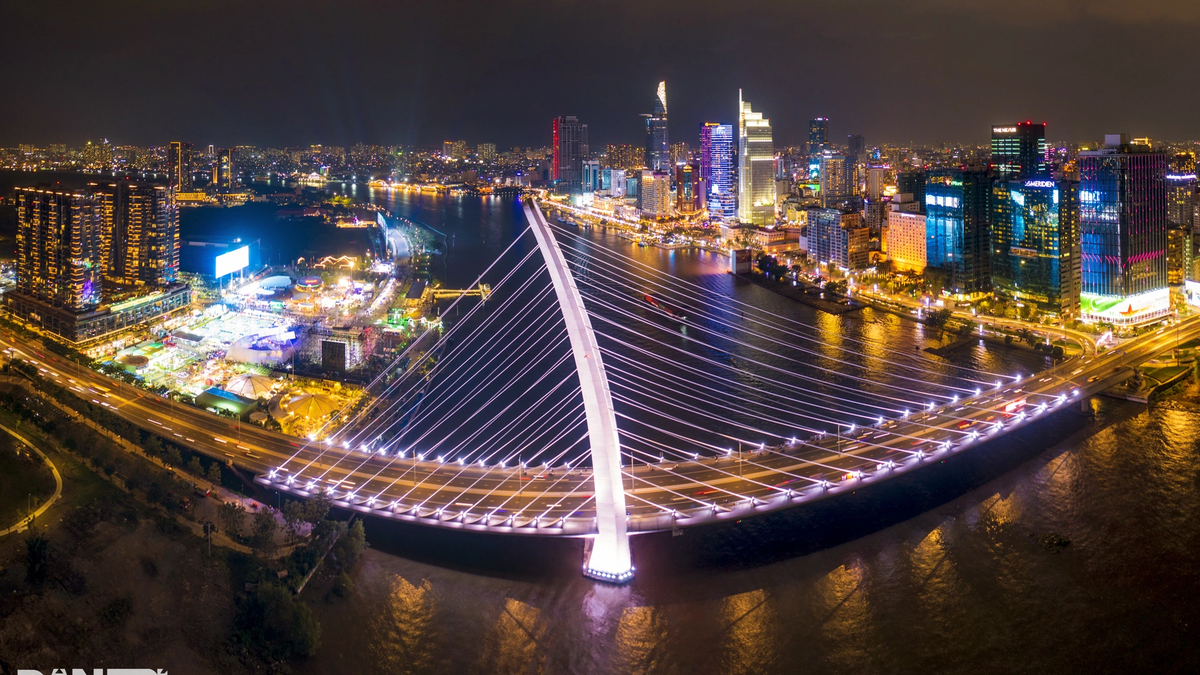
![[Photo] Ho Chi Minh City: People are willing to stay up all night to watch the parade](https://vphoto.vietnam.vn/thumb/1200x675/vietnam/resource/IMAGE/2025/4/29/cf71fdfd4d814022ac35377a7f34dfd1)
![[Photo] Ho Chi Minh City residents "stay up all night" waiting for the April 30th celebration](https://vphoto.vietnam.vn/thumb/1200x675/vietnam/resource/IMAGE/2025/4/30/560e44ae9dad47669cbc4415766deccf)



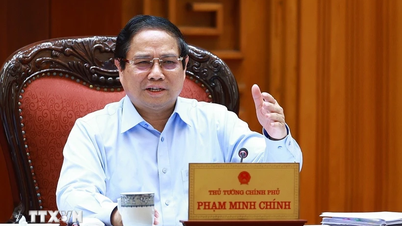

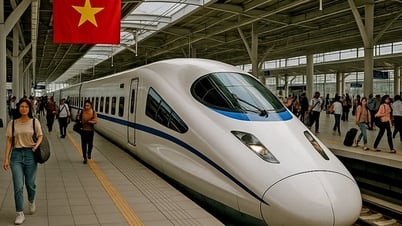



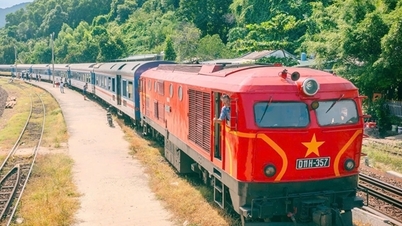

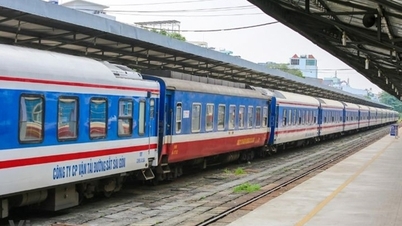
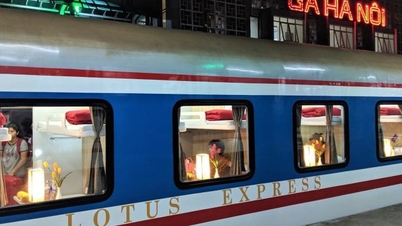
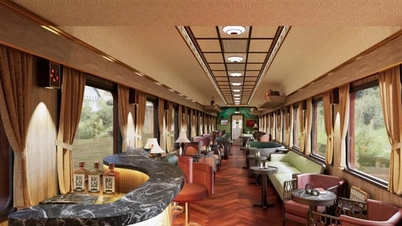
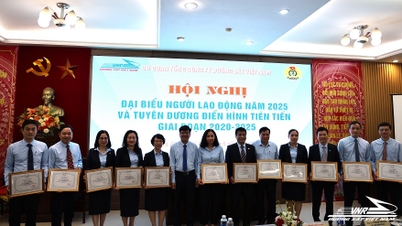
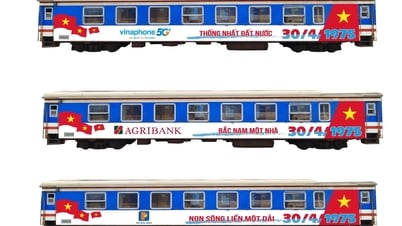





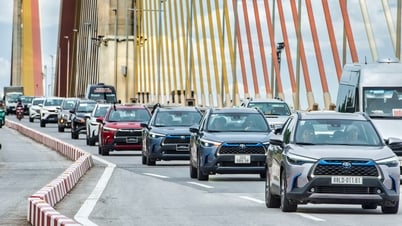



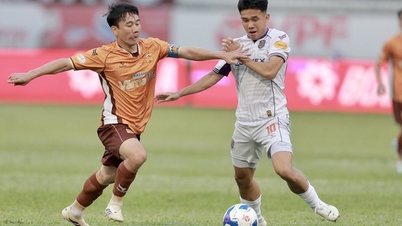

![[Photo] Prime Minister Pham Minh Chinh meets to prepare for negotiations with the United States](https://vphoto.vietnam.vn/thumb/1200x675/vietnam/resource/IMAGE/2025/4/29/76e3106b9a114f37a2905bc41df55f48)















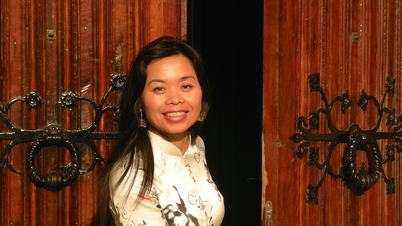


















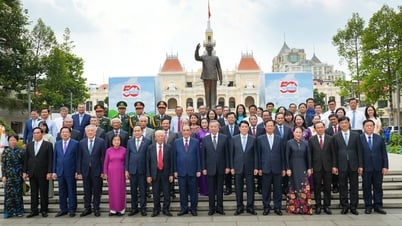












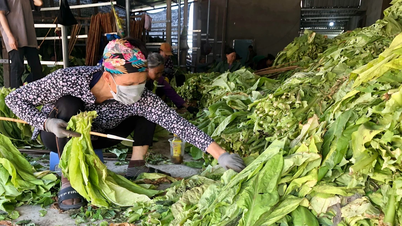

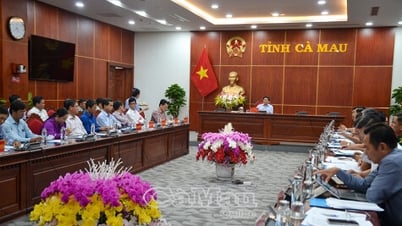




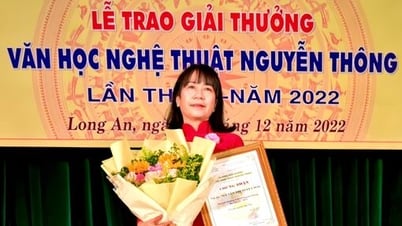












Comment (0)